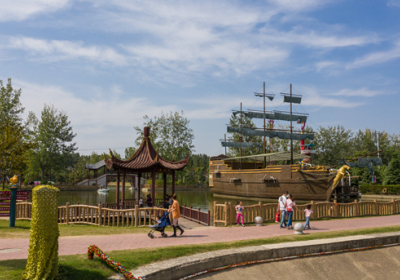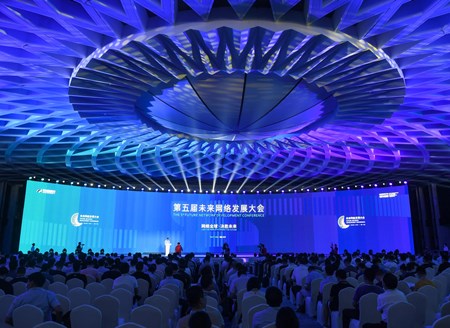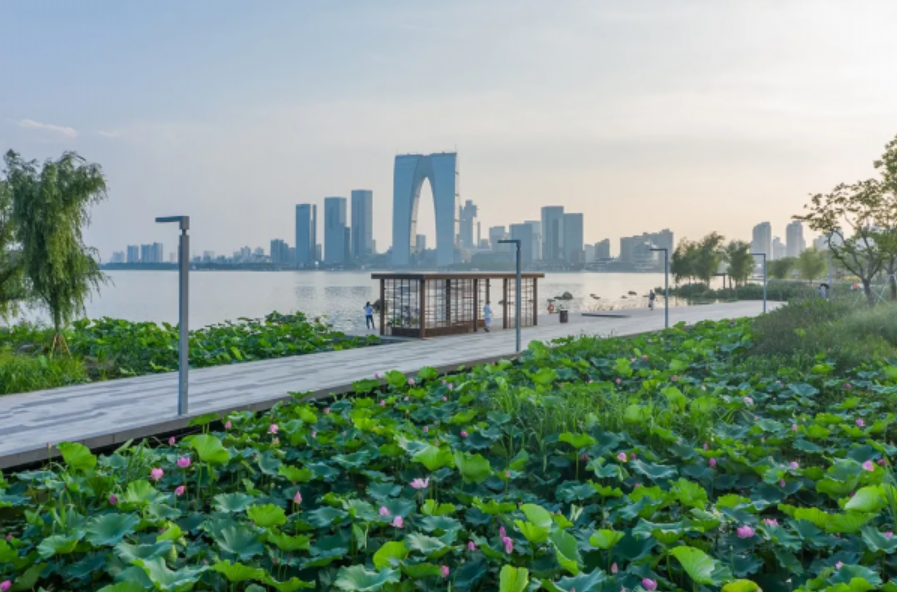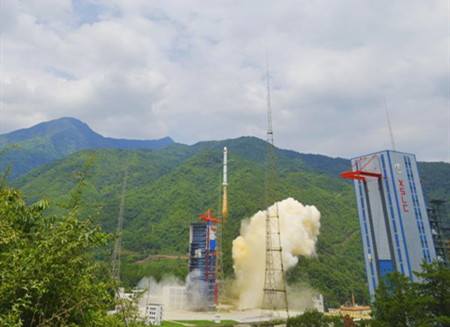
Jiangsu’s air and surface water quality improved in 2018, according to a report released by the province’s Department of Ecology and Environment on January 23.
The average annual concentration of particulate matter (PM) 2.5 in the province declined for six consecutive years to 48 micrograms per cubic meter in 2018, passing the national annual assessment standard. Days with good air quality accounted for 68 percent in the year, about the same level as that in 2017.
China grades its water in five categories. Grade three and above is deemed safe for direct human contact, while grades four and five can only be used in industry and agriculture. Jiangsu’s grade three and grade five water accounted for 66.3 percent and 1 percent respectively, both reaching national annual assessment standards.
Jiangsu saw its PM10 and concentrations of sulfur dioxide and carbon monoxide fell to the lowest level in the past six years in 2018. The concentration of ozone stood at 177 micrograms per cubic meter, about the same level of 2017.
A total of 13 cities registered an average annual concentration of PM2.5 between 41-62 micrograms per cubic meter. However, the average annual concentration of PM2.5 in Changzhou, Nanjing and Nantong went up compared with the same period of 2017, with the worst decline in Changzhou.
The water quality of the Jiangsu section of the Yangtze River and Huaihe River showed no significant changes in 2018 in comparison with one year ago, “mildly polluted” and “in good condition” respectively. The main pollutants were total phosphorus, ammonia nitrogen and chemical oxygen demand.
Among the province’s 23 key lakes (reservoirs) under monitoring, 60.9 percent boasted water quality at the grade one to three, about the same level of 2017; no lake or reservoir had grade five level of water quality.






